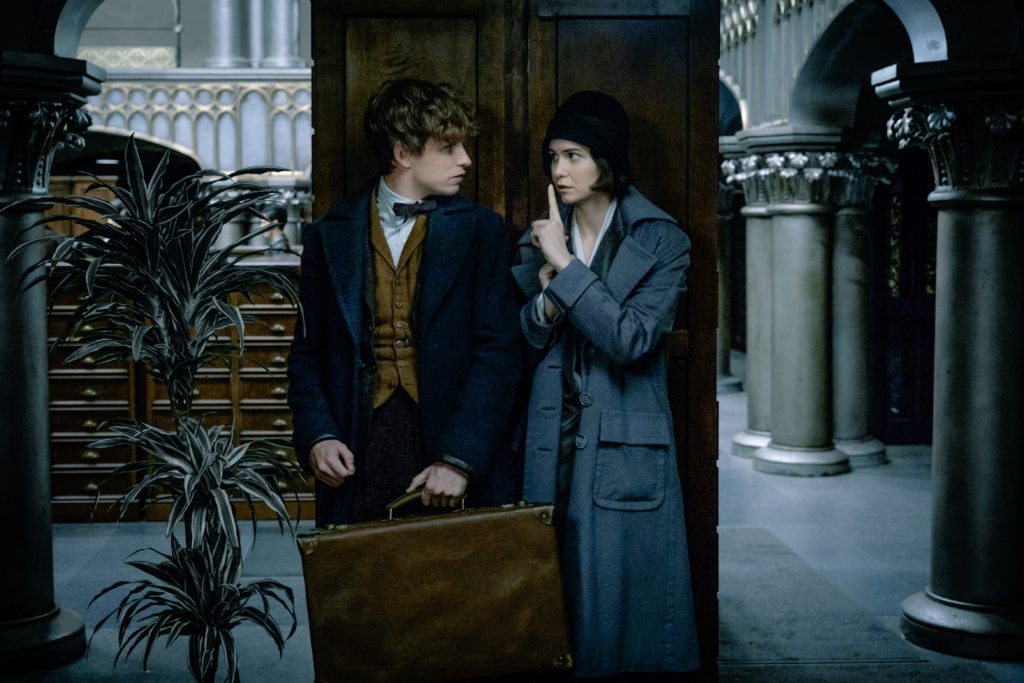
Everyone knows how instrumental the successful franchise is to contemporary Hollywood marketing. As a motivating factor as well as an aesthetic trend setter the franchise cannot be underestimated. Consider the revival of the Star Trek, Star Wars, Transformers, and Power Rangers franchises. Hollywood is franchise happy.
One such revived franchise is the Harry Potter franchise. I have never read Rowling’s novels nor have I seen all of the original films. However, I have been told that should not stop me from comprehending David Yates’ Fantastic Beasts & Where To Find Them (2016).
Immediately I was struck by a number of things in this film that are indicative of the Harry Potter franchise’s bankruptcy. Firstly, another in a long line of nightmarishly awful performances by the acting atrocity Eddie Redmayne. Secondly, the overwhelming number of jokes made at the expense of an overweight character. Then finally the appropriation of the Marilyn Monroe type and of the early twentieth century period. These first two issues speak for themselves. The last two, at least in my perspective, represent an effort to establish familiar and marketable signifiers as well as lazy screenwriting on Rowling’s part. New York of the twenties, as well as the twenties in general, have great currency with millennial audiences as they continue to fetishize the flapper era and its look. The Monroe element is more elusive. Typically an archetypally Monroe character is a sort of Janus. The character will, to serve narrative needs, go from ditsy blonde sex object to an assertive and intelligent woman of the modern world. This device has its root in the dispelling of the stereotype that Monroe was somewhere short of intelligence in the wake of her death and the thousands of ensuing biographies. Popular films from the mid-sixties onward make use of this contradiction in a number of ways. Rowling’s just doesn’t happen to be very interesting.
The construction of Rowling’s plot is a little less troubling in that it is generally so formulaic. The hero is lost in a strange environment where he makes friends who can help him accomplish his task, save the world, and improve their own moral character. The base approach to this structure and its literally magical charms allow Fantastic Beasts & Where To Find Them to fill the void left by Don Bluth so many years ago in the children’s film market (Fantastic Beasts & Where To Find Them is a remake of An American Tale right?).
